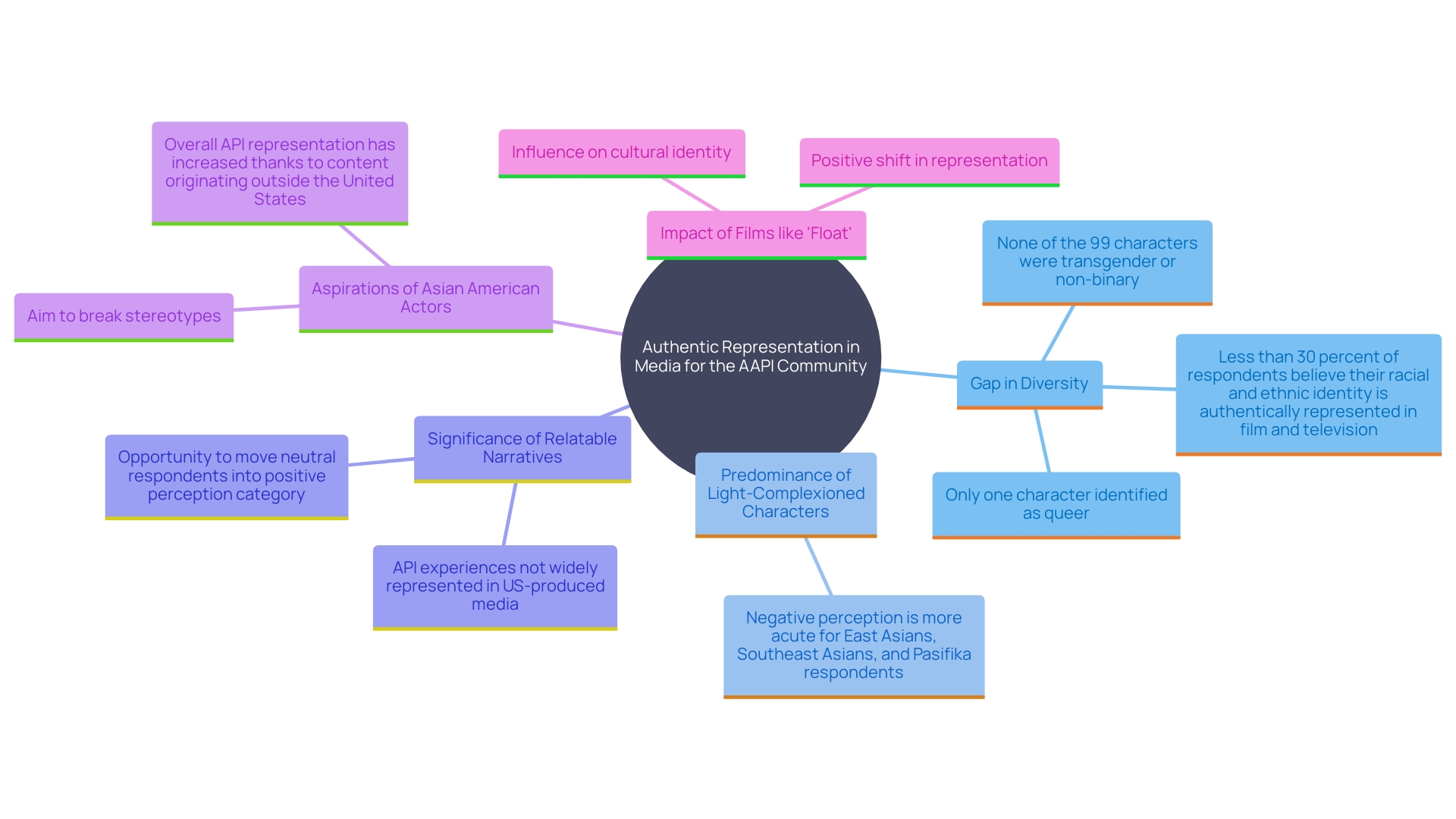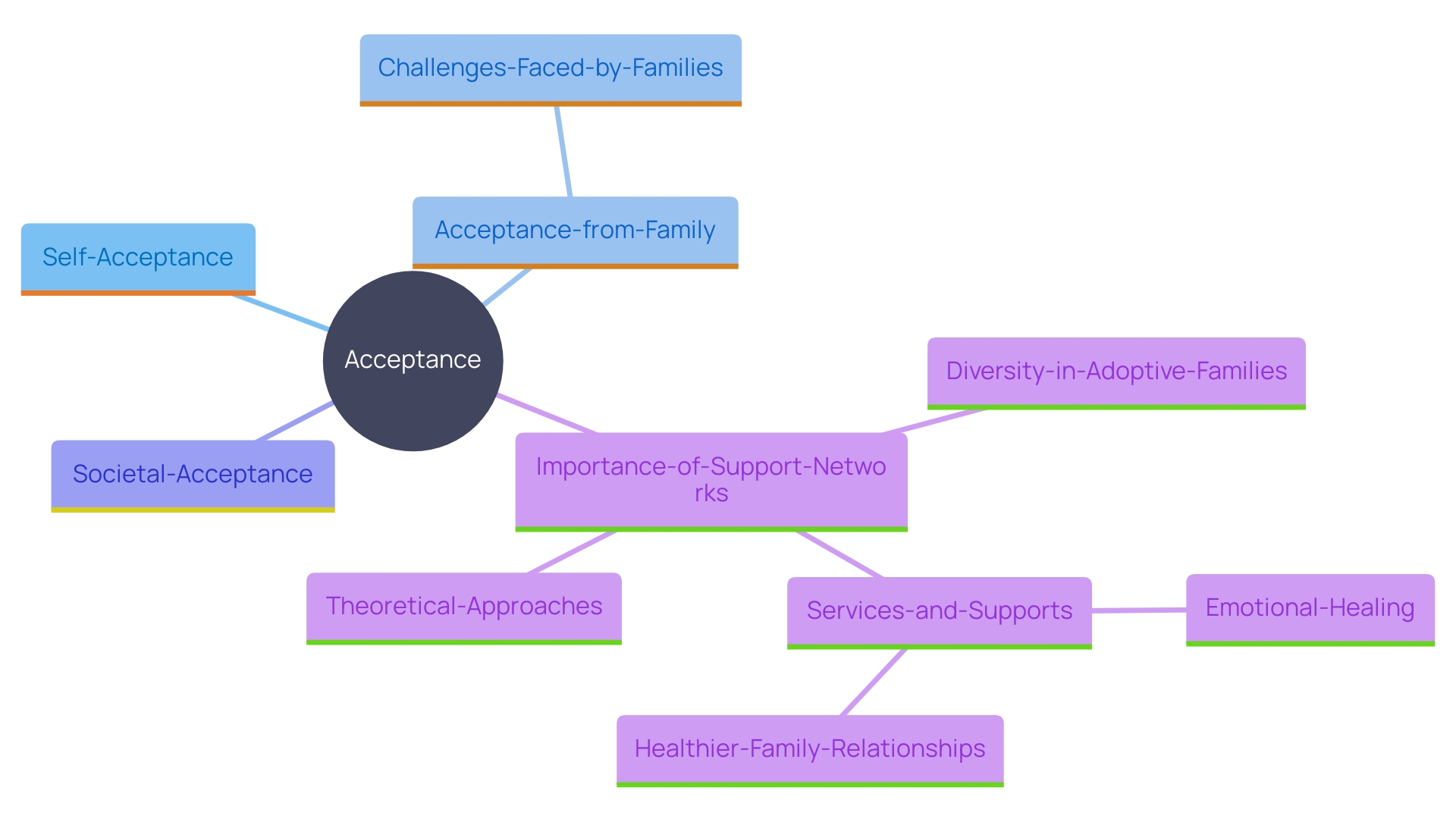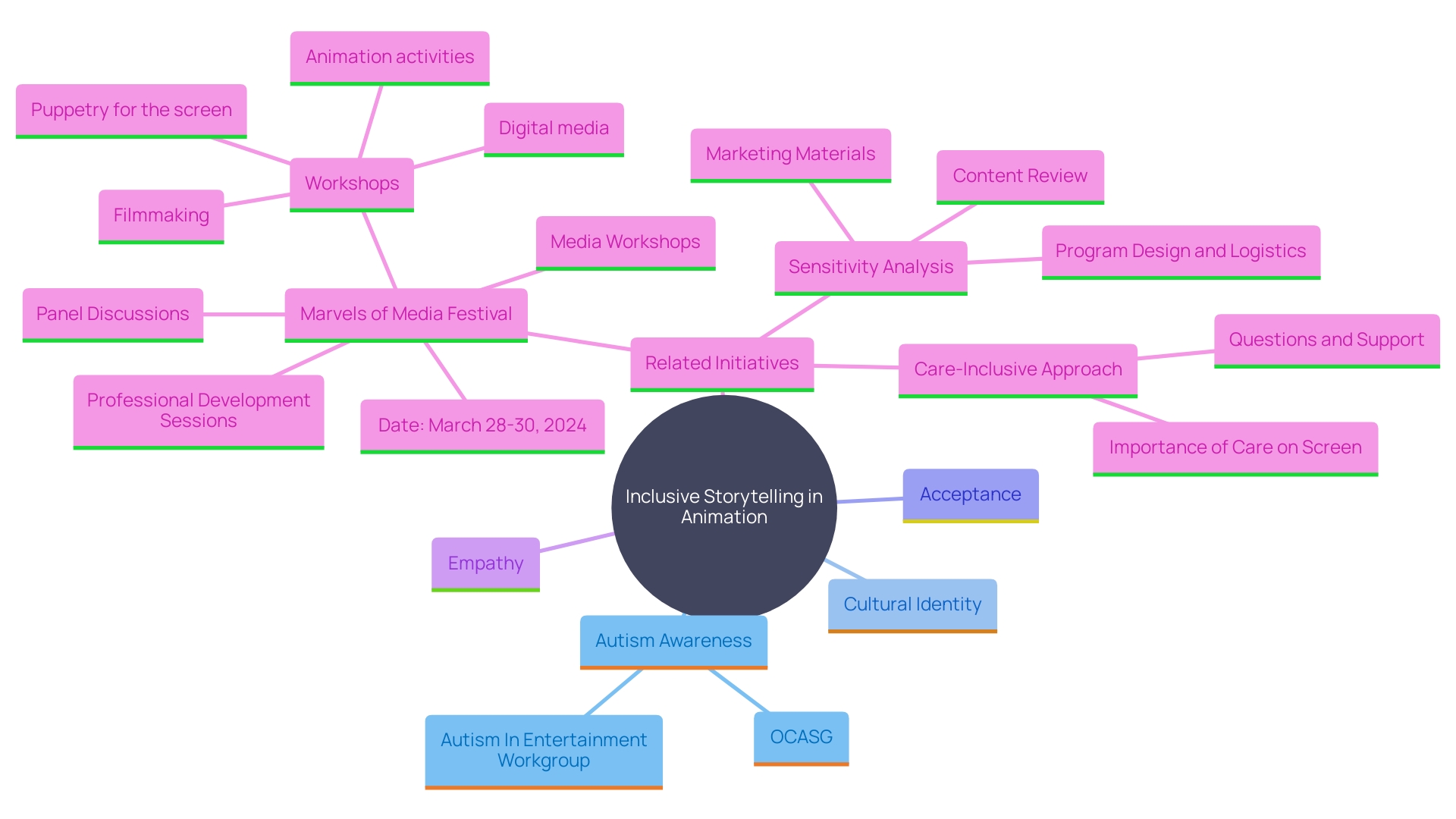Introduction
Pixar's "Float" masterfully uses the act of floating as a poignant metaphor to depict the experiences of children with autism. The protagonist's unique ability to float symbolizes the distinct traits and behaviors that often set these children apart. This narrative invites viewers to appreciate the beauty in diversity and emphasizes the importance of acceptance.
By highlighting that being different can be a strength, the film echoes the sentiments found in impactful storytelling, much like Apple's "The Greatest" advertisement and the film "CODA," which also bring disability narratives to the forefront. Such representations are not just about inclusion but about providing a platform for disabled voices to be heard and understood. The upcoming Marvels of Media Festival further emphasizes this by celebrating the achievements of autistic media-makers and providing opportunities for learning and growth through workshops and professional development sessions.
These initiatives support the broader effort to enhance socioemotional skills and promote genuine inclusion in media.
The Metaphor of Floating: Representing Autism
Pixar's 'Float' masterfully uses the act of floating as a poignant metaphor to depict the experiences of young individuals with autism. The protagonist's unique ability to float symbolizes the distinct traits and behaviors that often set these children apart. This narrative invites viewers to appreciate the beauty in diversity and emphasizes the importance of acceptance. By highlighting that being different can be a strength, the film echoes the sentiments found in impactful storytelling, much like Apple's 'The Greatest' advertisement and the film 'CODA,' which also bring disability narratives to the forefront. Such representations are not just about inclusion but about providing a platform for disabled voices to be heard and understood. The upcoming Marvels of Media Festival further emphasizes this by celebrating the achievements of autistic media-makers and providing opportunities for learning and growth through workshops and professional development sessions. These initiatives support the broader effort to enhance socioemotional skills and promote genuine inclusion in media.
Authentic Representation: AAPI Storytelling
This narrative emerges as a pivotal story within the Asian American and Pacific Islander (AAPI) community, offering a much-needed authentic representation. This short film addresses the significant gap in diversity and cultural portrayal in mainstream media. Despite the increasing visibility of Asian characters, a study revealed that 90% of these characters were of light or medium complexion, and many did not interact with other Asian characters. This lack of authenticity highlights the importance of films such as 'Float,' which provide AAPI families with relatable, multidimensional characters, enriching their sense of identity and belonging. As Tiffany Chao from Gold House notes, there is a strong desire among Asian American actors to move beyond stereotypical roles while maintaining cultural authenticity. By highlighting narratives such as 'Float,' we can nurture a more inclusive media environment that truly represents the diverse experiences of the AAPI community.

The Theme of Acceptance and Embracing Uniqueness
A central theme in 'Float' is the importance of acceptance—both self-acceptance and acceptance from others. The film beautifully illustrates the journey of a father learning to embrace his son’s differences. This theme resonates with many parents who navigate the complexities of raising a young one with unique needs, reinforcing the idea that love and acceptance are crucial in fostering a supportive environment.
The importance of this theme is highlighted by the larger societal context, where households dealing with autism often encounter considerable obstacles. According to research, the complexities of Autism Spectrum Disorder (ASD) generate specific care demands that require immense time, energy, and dedication. Parents, especially mothers, often face increased stress from financial worries, concerns about their offspring's future, and insufficient social support.
The need for acceptance extends beyond the family unit to societal structures. Initiatives like the Autism Welcoming Initiative highlight the importance of creating public spaces where autistic individuals can feel comfortable and accepted. Such efforts aim to reduce the stigma associated with neurodevelopmental conditions and celebrate the unique strengths of these individuals, such as creativity and resilience.
Furthermore, the path of acceptance involves not only the young one but also the caregivers' self-care and stress management. Specialists stress that pursuing therapeutic assistance is a courageous action and an essential measure toward safeguarding the mental health of both parents and youngsters. Creating a robust support network, including therapists, teachers, and coaches, is essential for addressing the unique needs of families with autistic children.
In essence, this piece captures the transformative power of compassion and understanding, celebrating the beauty of individuality and the strength found in love and acceptance.

The Impact of Societal Judgment and Stigma
In 'Float', societal judgment and stigma are intricately embedded in the storyline. The father's initial anxiety about how others might perceive his son's unique ability to float reflects the real-life challenges many families of individuals with autism encounter. This depiction encourages important conversations about the stigma surrounding disabilities and emphasizes the need for a more inclusive society.
Studies show that parents of neurodiverse individuals frequently face considerable difficulties in obtaining suitable assistance and resources. For instance, securing a school placement can be arduous due to high demands and limited resources, often requiring a formal diagnosis that can involve lengthy delays. Furthermore, the lack of accessible care support and additional services, intensified by travel distances and high service demands, adds to their burden.
A study involving ten autistic mothers with autistic offspring revealed that the systemic issues, rather than individual professionals, pose major barriers. These parents reported feeling judged and stigmatized, not only for their offspring's conditions but also for their own autism. They highlighted the necessity for better training for professionals, developed and delivered by autistic adults, focusing on the strengths of autism rather than deficits.
The portrayal in 'Float' aligns with findings from various studies and reports. For example, a national study analyzing data from the federal Adoption and Foster Care Reporting System highlighted the disproportionately negative outcomes for individuals with disabilities in foster care. These young individuals were less likely to attain favorable results such as reunification with relatives or adoption and more likely to encounter negative results like fleeing or being sent to other organizations. This highlights the essential requirement for the youth welfare and healthcare systems to address the specific needs of these at-risk groups and provide strong assistance for their caregivers.
By highlighting these elements, this piece not only narrates an engaging tale but also acts as a touching reminder of the persistent challenges encountered by families with individuals who have disabilities. It champions the call for societal change towards greater understanding, acceptance, and support for every child's unique journey.
The Importance of Inclusive Storytelling
'Float' exemplifies the power of inclusive storytelling in animation. By weaving themes of autism and cultural identity, the short film sparks essential conversations about acceptance, understanding, and empathy. These narratives inform audiences and strengthen households, fostering a ripple effect of awareness and advocacy. Initiatives like the Autism In Entertainment Workgroup and the Orange County Asperger’s Support Group (OCASG) underscore the importance of such storytelling. 'The Autism In Entertainment Workgroup, formed in May 2022, united educators, professionals, and relatives to advocate for the inclusion of individuals on the autism spectrum in entertainment careers.'. Similarly, OCASG is dedicated to enhancing the lives of autistic teens, adults, and their families by providing support, organizing social activities, and offering educational resources. By championing these efforts, 'Float' and similar works help pave the way for a more inclusive and compassionate society.

Conclusion
Pixar's "Float" powerfully highlights the significance of acceptance and the celebration of uniqueness in children with autism. Through the metaphor of floating, the film encourages viewers to embrace diversity and appreciate the distinct traits that define these children. This message resonates with broader initiatives, such as the Marvels of Media Festival, which aim to amplify autistic voices and promote inclusivity in media.
Authentic representation, particularly within the AAPI community, plays a crucial role in enriching cultural narratives. "Float" addresses gaps in representation by offering relatable characters that foster a sense of belonging for families navigating identity complexities. This commitment challenges stereotypes and contributes to a more inclusive media landscape.
The film also underscores the need for societal acceptance, as parents of autistic children often face stigma and systemic barriers in accessing resources. Creating welcoming environments for autistic individuals is essential in reducing stigma and celebrating their unique strengths.
Ultimately, "Float" exemplifies the impact of inclusive storytelling that prioritizes understanding and empathy. By sparking vital conversations and empowering families, it paves the way for a compassionate society that values the individuality of every child. The journey toward acceptance and support continues through the collective efforts of advocates, educators, and families striving for a brighter future for all.




